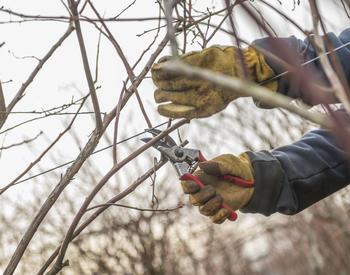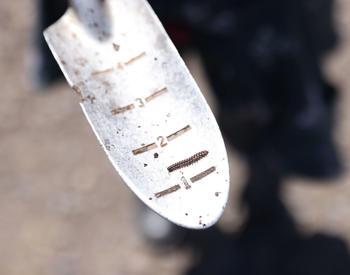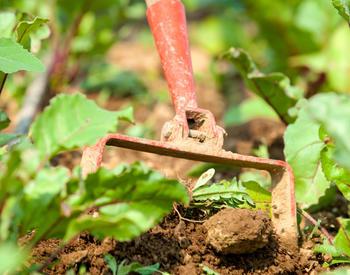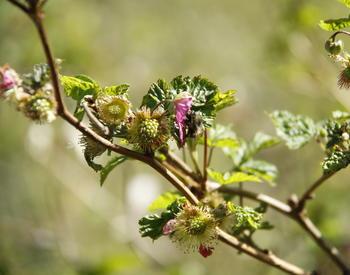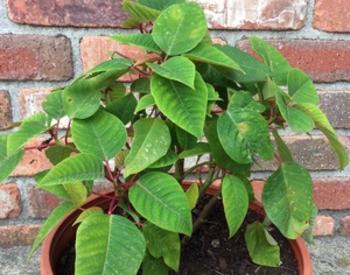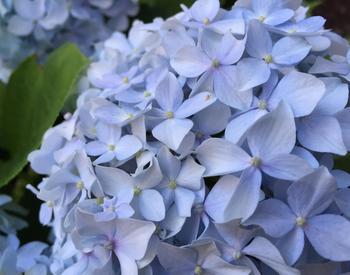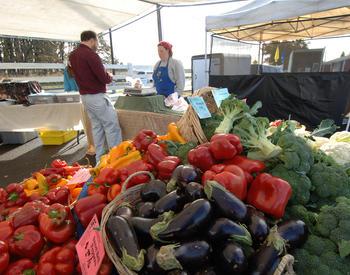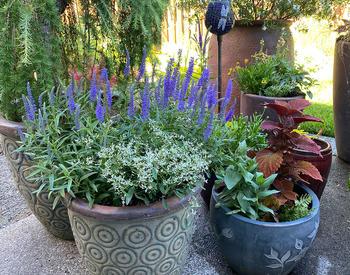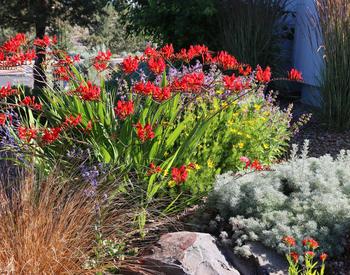Transcript
In this segment, we're going to learn about collars and ridges on trees and why they matter. John, it keeps coming up in pruning recommendations over and over, advice about not cutting into the collar and knowing about the ridges and the collars. I think this tree shows them fairly well so that they're easy for people to identify. Why do they matter? Well, when we're making good pruning cuts, what we want to do is prune outside or beyond the branch bark collar, that swollen area that you see right here with the branch attachment on the outside. So, the swollen area is what we're going to cut to, but just to the outside. And certainly, what we don't want to do is make that cut in the branch bark ridge in this area here because, again, we're getting into the tissue of this stem, and we don't want to do that because decay can enter into this stem and travel downward throughout that stem. So, that's why we want to make our pruning cut outside, outside that collar itself.
So, it looks like right above here is an example of a branch that was pruned away. I think it might have been rubbing on another branch. So, this is the ridge then right at the base of the trunk, and then this smaller line here is the collar, and the cut is right outside of the collar. Am I interpreting that exactly right?
What you see is almost like little wrinkles on an elephant on some trees like maples. It's very pronounced. Those little wrinkles are part of that collar, and then all of a sudden, you've got a straight part that protrudes out from that, and we cut outside of that without leaving too large of a stub when we finish.
So, is there something different about this tissue that makes us not want to cut into it?
Well, you know, maple itself has very thin skin, as you can see at this age. So, we want to be really careful about where we cut, but they are quite hardy and also are good at sealing out decay organisms from moving throughout that stem. Other trees, fast-growing trees, are not so adept at that coating or compartmentalizing of decay at that wound. So, we want to treat pretty much all the trees the same way. So, by avoiding that collar and ridge tissue, we're allowing the tree to heal more quickly from a pruning cut.
Well, terminology is really important. As arborists, we know that trees don't heal, but they seal. So, you know, the terminology is important because what they do is they form tissue around that wound, almost like scar tissue in a way, to keep decay from transferring any further, but heal not quite like people.
Okay, good to know. Well, thanks for explaining that for me. I really appreciate it.
Identifying collars and ridge tissue in woody plants can help us determine the best places to make pruning cuts.
